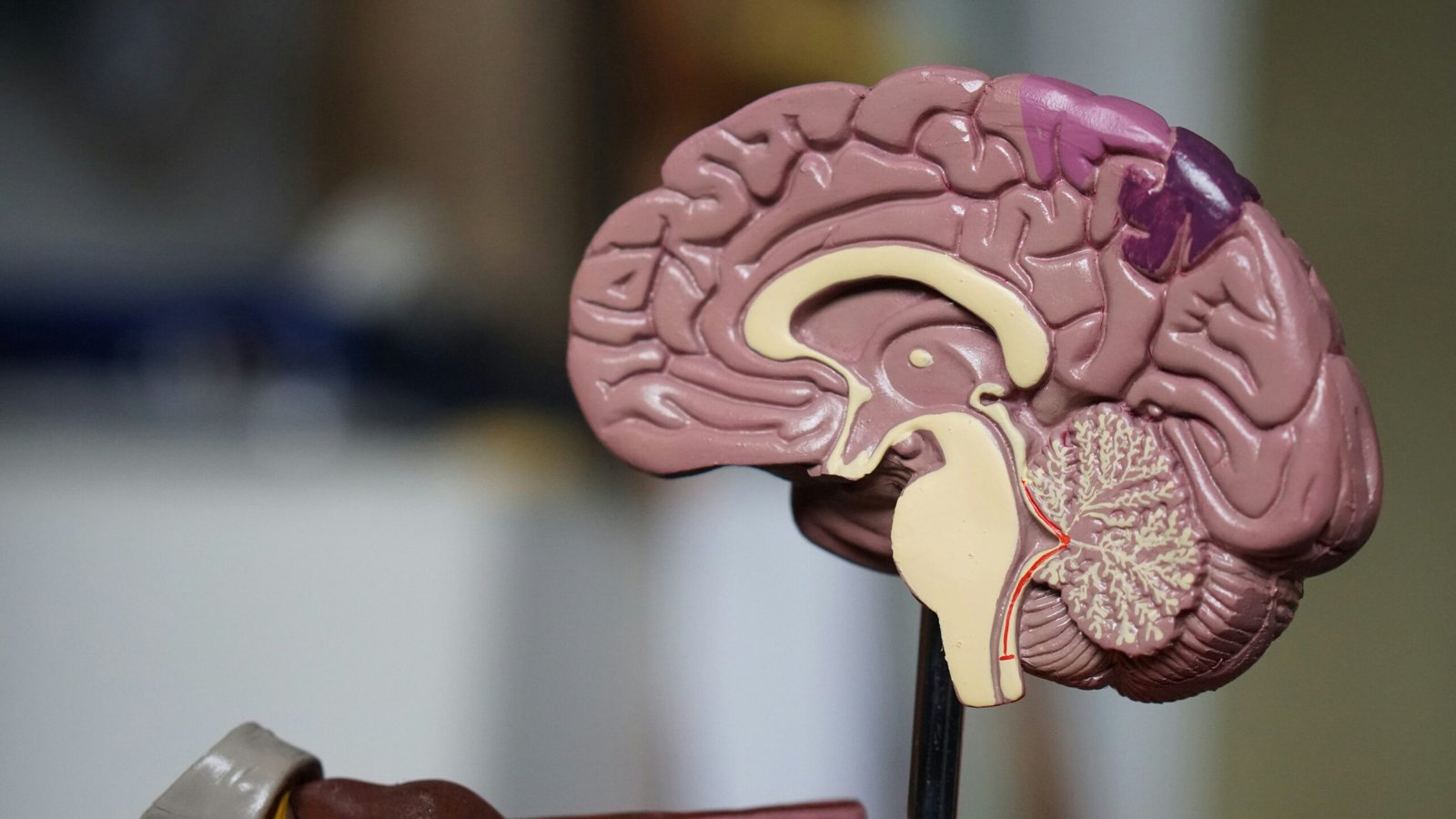So, you've been experiencing excruciating pain, swelling, and redness in your joints lately, and you're wondering if it could be gout. Well, you're in the right place! In this article, we'll explore the various methods that can help you confirm whether or not you are indeed suffering from gout. From medical tests to symptom analysis, we'll provide you with all the information you need to understand and validate your concerns. By the end, you'll be armed with the knowledge to identify the signs of gout and seek appropriate treatment. Say goodbye to uncertainty and let's dive into the world of gout confirmation!

Understanding What is Gout
Defining gout and its manifestations
Gout is a type of arthritis that occurs when there is excess uric acid in the blood, leading to the formation of urate crystals in the joints. These needle-like crystals can cause intense pain, inflammation, and swelling. Gout most commonly affects the joints in the big toe, but it can also occur in other joints such as the ankles, knees, wrists, and fingers.
Common causes and risk factors for developing gout
There are several factors that can increase the risk of developing gout. One of the primary causes is the body's inability to properly eliminate uric acid. This can be due to genetic factors or certain medical conditions such as kidney disease. Other risk factors include obesity, a diet high in purines (found in foods like red meat and seafood), alcohol consumption, and certain medications such as diuretics.
Differentiating between gout and other forms of arthritis
Gout can sometimes be mistaken for other forms of arthritis, such as rheumatoid arthritis or osteoarthritis. However, there are several key differences that can help differentiate gout from other types of arthritis. Gout typically presents with sudden, severe pain and swelling in one joint, often the big toe. The pain associated with gout is often described as “excruciating” and can be accompanied by redness and warmth in the affected joint. In contrast, other forms of arthritis may involve multiple joints and have a more gradual onset of symptoms.
Symptoms Commonly Associated with Gout
Listing the signs and symptoms of gout
The classic symptoms of gout include sudden and severe pain, swelling, redness, and tenderness in the affected joint. The pain is often described as a throbbing or crushing sensation and can be debilitating. Some individuals may also experience fever and chills during a gout flare-up.
Exploring how gout presents itself
Gout typically presents itself as a sudden and intense pain in a single joint, most commonly the big toe. However, it can also affect other joints such as the ankles, knees, wrists, and fingers. These flare-ups can last for several days or weeks and may subside on their own without treatment.
Understanding how symptoms of gout may vary across patients
While the classic symptoms of gout are well-known, it is important to note that the presentation of gout can vary from person to person. Some individuals may experience frequent gout attacks, while others may only have intermittent flare-ups. The severity and duration of symptoms can also differ, with some individuals experiencing mild discomfort and others experiencing severe pain and inflammation.
Physical Examination to Confirm Gout
What to expect during a gout-focused physical examination
During a physical examination focused on gout, your doctor will carefully assess the affected joint and surrounding areas. They will look for signs of redness, swelling, warmth, and tenderness. Additionally, they may perform certain maneuvers to evaluate the range of motion of the joint and check for joint stiffness.
How doctors identify visible signs of gout
Visible signs of gout can include redness and swelling in the affected joint. These signs are often most prominent during a gout flare-up. Your doctor may also look for the presence of tophi, which are lumps that can develop under the skin as a result of long-term urate crystal deposition.
Understanding and interpreting results of the physical examination
The physical examination is an important tool for confirming a diagnosis of gout. The presence of redness, swelling, warmth, tenderness, and tophi in the affected joint can strongly suggest gout. However, it is important to note that a physical examination alone is not sufficient to definitively diagnose gout. Additional tests, such as blood tests or joint fluid analysis, may be required for confirmation.
Blood Tests
Identifying what blood tests are used in diagnosis of gout
Blood tests are commonly used to measure the level of uric acid in the blood. Elevated levels of uric acid can indicate the presence of gout. However, it is important to note that not all individuals with high uric acid levels will develop gout, and some people with gout may have normal uric acid levels. Other blood tests, such as a complete blood count or kidney function tests, may also be ordered to assess overall health and rule out other conditions.
Interpreting blood test results for diagnosing gout
When interpreting blood test results for diagnosing gout, it is important to consider the context of the individual's symptoms and medical history. Elevated uric acid levels can support a diagnosis of gout, especially if accompanied by characteristic symptoms and physical findings. However, a definitive diagnosis of gout cannot be made based solely on blood tests.
Understanding the limitations of using blood tests for diagnosing gout
Blood tests have some limitations when it comes to diagnosing gout. As previously mentioned, not all individuals with high uric acid levels will develop gout. Additionally, uric acid levels can fluctuate and may be normal during periods between gout attacks. Therefore, blood tests should be used as part of a comprehensive diagnostic approach that takes into account the individual's symptoms, physical findings, and other test results.

Joint Fluid Tests
Explaining what a joint fluid test entails
A joint fluid test, also known as joint aspiration, involves the removal of a small amount of fluid from the affected joint using a needle. The fluid is then analyzed under a microscope to look for the presence of urate crystals, which are characteristic of gout.
How joint fluid tests contribute in confirming gout
The presence of urate crystals in the joint fluid is considered a definitive sign of gout. This test can confirm a diagnosis of gout when crystals are observed under the microscope. Joint fluid tests are particularly useful in cases where the diagnosis is uncertain or when gout is suspected in joints other than the big toe.
Understanding the results of joint fluid analysis for gout diagnosis
In cases of gout, the joint fluid analysis will reveal the presence of urate crystals, which appear as needle-like structures. The identification of these crystals confirms the diagnosis of gout. However, it is important to note that the absence of crystals does not entirely rule out gout, as they may not always be present or may not be detected due to various factors.
Imaging Tests
Understanding when and why imaging tests might be used
Imaging tests may be used in cases where the diagnosis of gout is uncertain or to assess the extent of joint damage. These tests can provide detailed images of the joints, bones, and soft tissues, helping to identify any signs of inflammation, tophi, or joint damage.
Analyzing types of imaging tests like X-rays, ultrasound, CT scans, etc. used to confirm gout
Several types of imaging tests can be utilized to confirm a diagnosis of gout. X-rays can reveal joint damage, such as erosion or the presence of tophi. Ultrasound can provide real-time images of the affected joint and detect the presence of urate crystals or inflammation. CT scans can also be used to visualize joint structures and detect the presence of tophi or joint damage.
Interpreting results of imaging tests for gout
The interpretation of imaging test results for gout diagnosis is based on the presence of characteristic findings. X-rays may show joint damage or the presence of tophi, while ultrasound and CT scans may reveal the presence of urate crystals, inflammation, or joint damage. However, it is important to note that imaging tests alone cannot definitively diagnose gout and should be used in conjunction with other diagnostic methods.

Dual Energy CT Scans
Examining the role of Dual Energy CT scans in confirming gout
Dual Energy CT (DECT) scans are a specialized form of CT scan that can specifically detect and differentiate urate crystals. These scans use two different energy levels to identify the characteristic signature of urate crystals, allowing for a more accurate diagnosis of gout.
Pros and cons of utilizing Dual Energy CT scans for diagnosing gout
One of the main advantages of DECT scans is their ability to directly visualize urate crystals, providing a definitive diagnosis of gout. These scans are also non-invasive and can be performed relatively quickly. However, DECT scans may not be widely available and can be more expensive than other imaging tests. Additionally, they expose patients to radiation, although the radiation dose is typically low.
Understanding the process and results of Dual Energy CT scans for gout
During a DECT scan, the patient lies on a table while a specialized scanner takes images of the affected joint. The scanner uses two different energy levels to create images that highlight the urate crystals. The images can then be analyzed to confirm the presence of gout. The results of a DECT scan can provide valuable information about the extent of joint involvement and the presence of tophi.
Home Testing for Gout
Overview of home testing kits for gout
Home testing kits for gout are designed to measure the level of uric acid in the blood. These kits typically include a lancet for pricking the skin, test strips, and a meter to measure the uric acid level. The test strip is placed on the meter, and a drop of blood is applied to the strip. The meter then displays the uric acid level.
Effectiveness of home testing for gout
While home testing kits for gout can provide a convenient way to monitor uric acid levels at home, they may not be as accurate as laboratory tests. Factors such as user error and variations in strip quality can affect the reliability of the results. Additionally, home testing kits do not provide a comprehensive assessment of an individual's overall health and should not be used as a sole diagnostic tool for gout.
Understanding how to interpret results from home testing kits
Interpreting the results from home testing kits for gout requires an understanding of the reference ranges provided by the manufacturer. Typically, a uric acid level below 6 mg/dL is considered normal, while levels above 6.8 mg/dL may indicate an increased risk of gout. However, it is important to consult with a healthcare professional for further interpretation and guidance.
Medical History Evaluation
How the evaluation of medical history aids in gout diagnosis
The evaluation of a patient's medical history is crucial in aiding the diagnosis of gout. By gathering information about the patient's symptoms, medical conditions, medications, and lifestyle factors, healthcare professionals can assess the likelihood of gout and determine the appropriate diagnostic approach.
Types of information doctors gather from patients' medical histories
During the medical history evaluation, doctors may ask about the frequency, duration, and characteristics of gout attacks. They may inquire about the presence of common risk factors such as family history, dietary habits, alcohol consumption, and medication use. Additionally, doctors may ask about any other medical conditions that could contribute to the development of gout or mimic its symptoms.
Role of a patient's lifestyle and eating habits in diagnosing gout
A patient's lifestyle and eating habits can play a significant role in the diagnosis of gout. The consumption of foods high in purines, such as red meat, seafood, and alcohol, can increase the risk of gout. Therefore, doctors may inquire about dietary habits and alcohol consumption during the medical history evaluation. Additionally, lifestyle factors such as obesity and sedentary behavior can contribute to the development of gout and may be taken into consideration during the diagnostic process.
Treatment Options Post-Confirmation
Initial treatments following gout diagnosis
Once a diagnosis of gout is confirmed, initial treatment options focus on relieving pain and reducing inflammation. Nonsteroidal anti-inflammatory drugs (NSAIDs) are often prescribed to alleviate symptoms during an acute gout attack. Colchicine or corticosteroids may also be used to manage pain and inflammation. In addition to medication, rest, ice, and elevation of the affected joint can help alleviate symptoms.
Long-term management and treatment strategies for gout
Long-term management of gout involves lifestyle modifications and medications aimed at preventing future gout attacks and reducing uric acid levels. This may include dietary changes to reduce purine consumption, weight loss for overweight individuals, and increased fluid intake to promote uric acid excretion. Medications such as xanthine oxidase inhibitors or uricosuric agents may be prescribed to lower uric acid levels and prevent the formation of urate crystals.
Preventive measures to avoid future gout attacks
To avoid future gout attacks, individuals should follow certain preventive measures. This includes maintaining a healthy weight, avoiding foods high in purines, limiting alcohol consumption, staying hydrated, and exercising regularly. It is also important to adhere to prescribed medications and attend regular follow-up appointments with healthcare professionals to monitor uric acid levels and adjust treatment as necessary.
In conclusion, confirming a diagnosis of gout involves a comprehensive approach that includes a combination of physical examination, blood tests, joint fluid tests, imaging tests, and evaluation of the patient's medical history. These diagnostic methods, along with an understanding of the symptoms and manifestations of gout, contribute to an accurate diagnosis and lead to appropriate treatment options. By properly diagnosing and managing gout, individuals can find relief from pain and reduce the risk of future gout attacks.